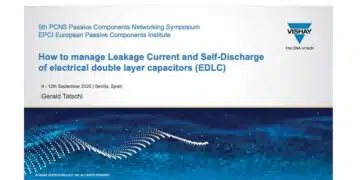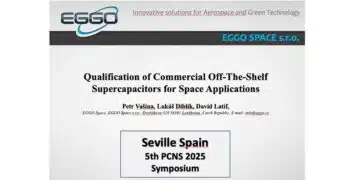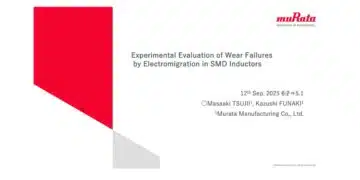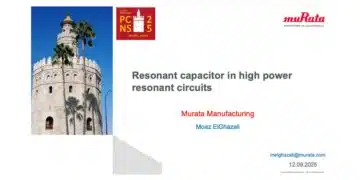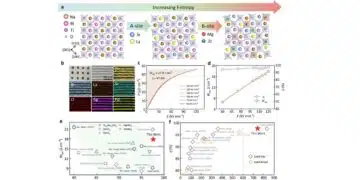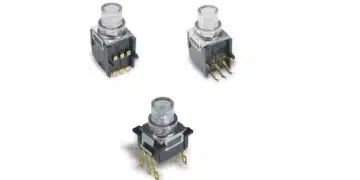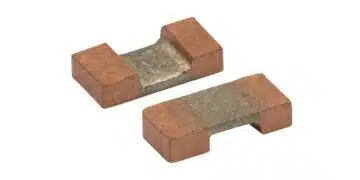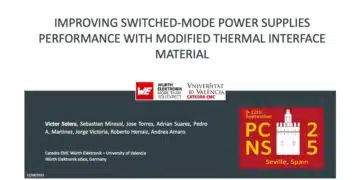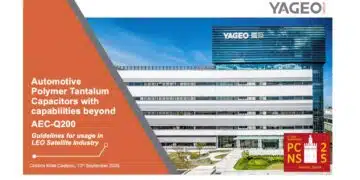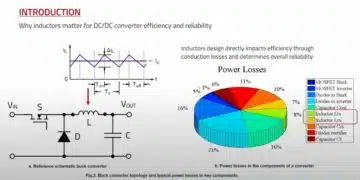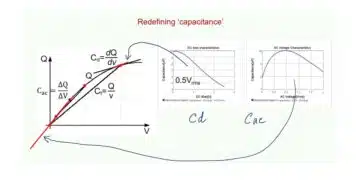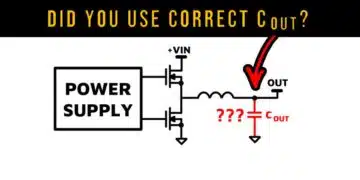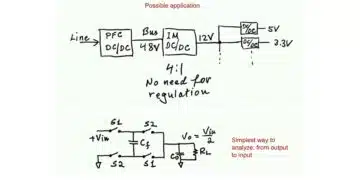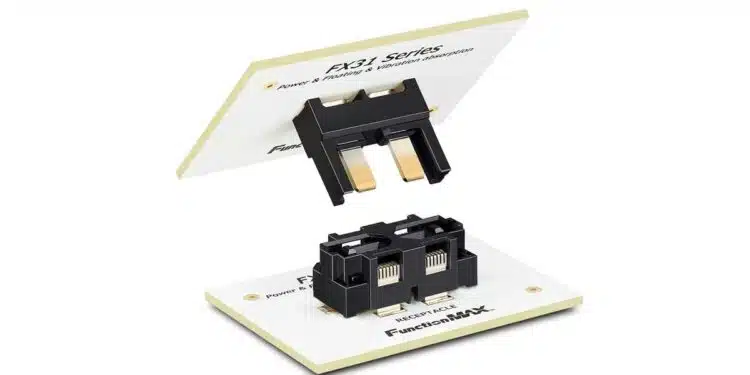Hirose Electric unveils industry leading high current vibration-resistant connectors for the EV and HEV Markets.
Hirose Electric Co., Ltd. announced the launch of the FX31 Series, the world’s first board-to-board connector series that combines high current capability with a rugged, vibration-resistant design.
This groundbreaking innovation is set to transform the automotive industry by addressing the growing demands of electric vehicles (EVs) and hybrid electric vehicles (HEVs) for high currents and durability in harsh vibration environments.
Powertrain Innovation: Unlocking New Possibilities with High-Current Connectors
As powertrain systems in EVs and HEVs increasingly require high currents, traditional busbars with screw-fastening methods have posed challenges such as large component size, limited design flexibility, and complex assembly. Hirose Electric has leveraged its expertise in vibration-resistant signal connectors to develop the FX31, a connector-based solution that replaces conventional busbars. This innovation enables miniaturization, weight reduction, and supports assembly automation, leading to greater manufacturing efficiency and cost savings.
The FX31, when combined with the FX26 Series for signal transmission, supports hybrid power and signal connections in a compact form factor, contributing to high-density mounting and significant cost reductions.
Unique Features of the FX31 Series
- World’s First High Current + Vibration-Resistant Structure: The FX31 features a proprietary floating design that absorbs vibration and shock while safely delivering high current, up to 25A per contact, with potential support for up to 40A per contact in a 2-position configuration.
- Floating Design for Greater Assembly Flexibility and Labor Savings: Eliminates the need for screw fastening, facilitating seamless integration into automated assembly lines, including robotic systems.
- Compact and Lightweight: Smaller and lighter than traditional busbars, offering greater design flexibility for PCB layouts.
- Hybrid Connection with FX26 Series: Supports high-density mounting and contributes to total cost reduction when combined with the FX26 Series for signal lines.
The FX31 Series is designed to support powertrain system integration and meet the high-current demands of next-generation high-end IVI (In-Vehicle Infotainment) automotive computers, driving continued market expansion.
Under Development
Hirose Electric is expanding the FX31 Series lineup to meet customer demand, with the following variations currently in mass production and planned for development:
- Currently in Mass Production: 2-position connectors with a height of 20mm.
- Planned for Development: 3-position and 4-position connectors with heights of 25mm and 30mm, respectively.


